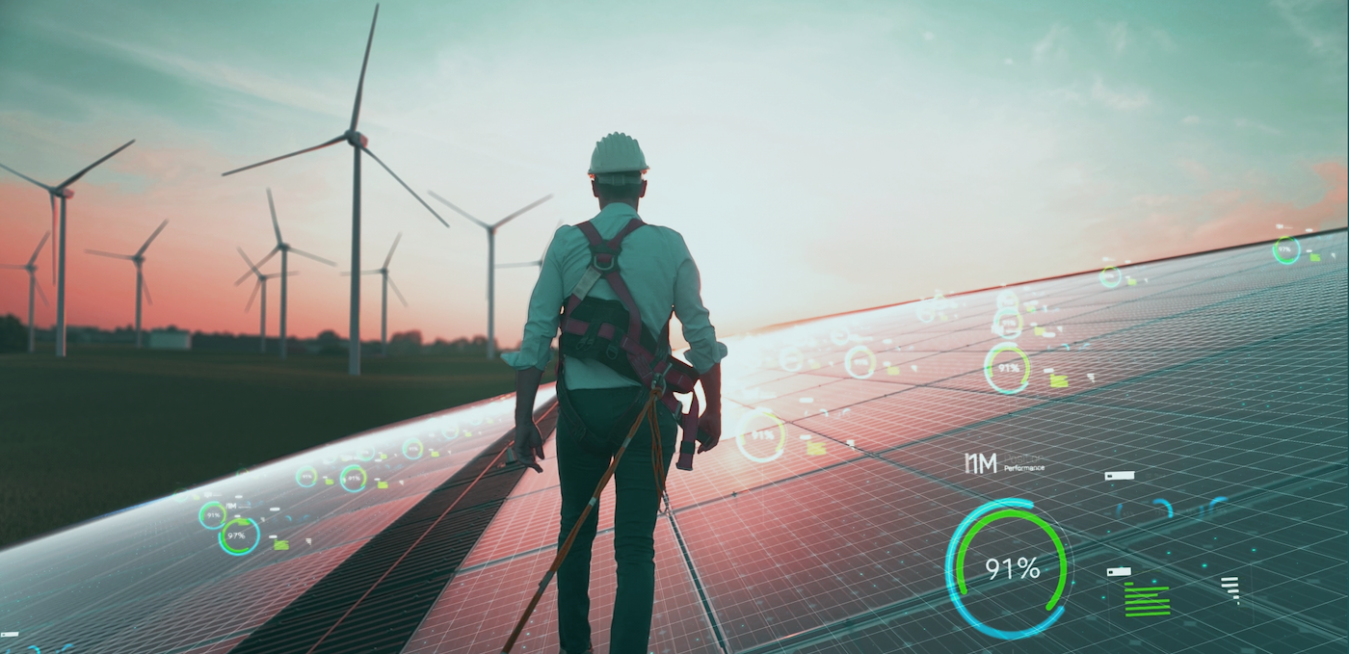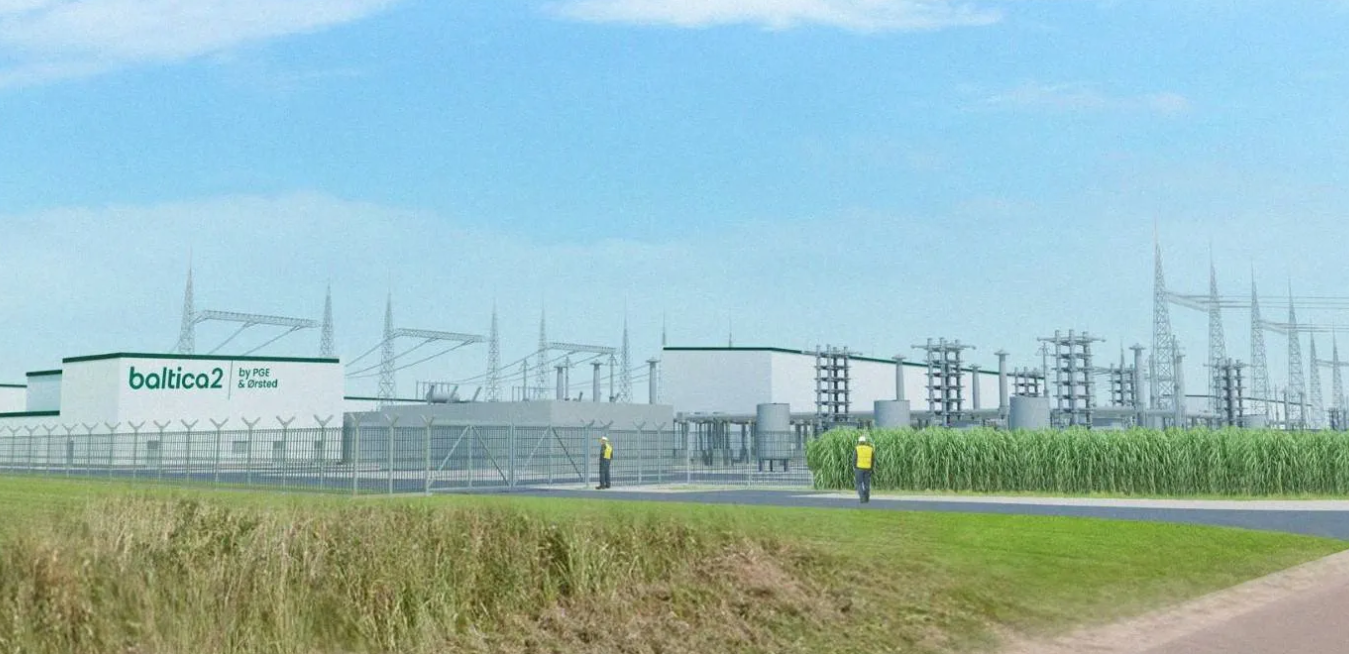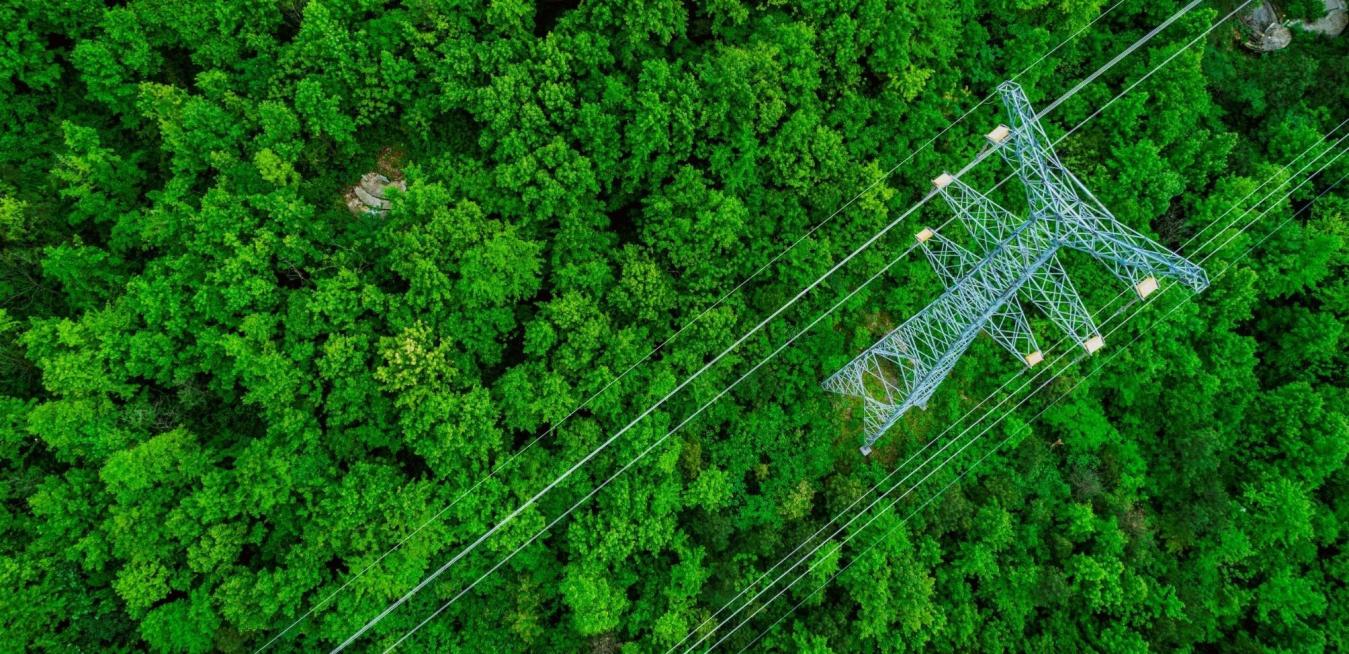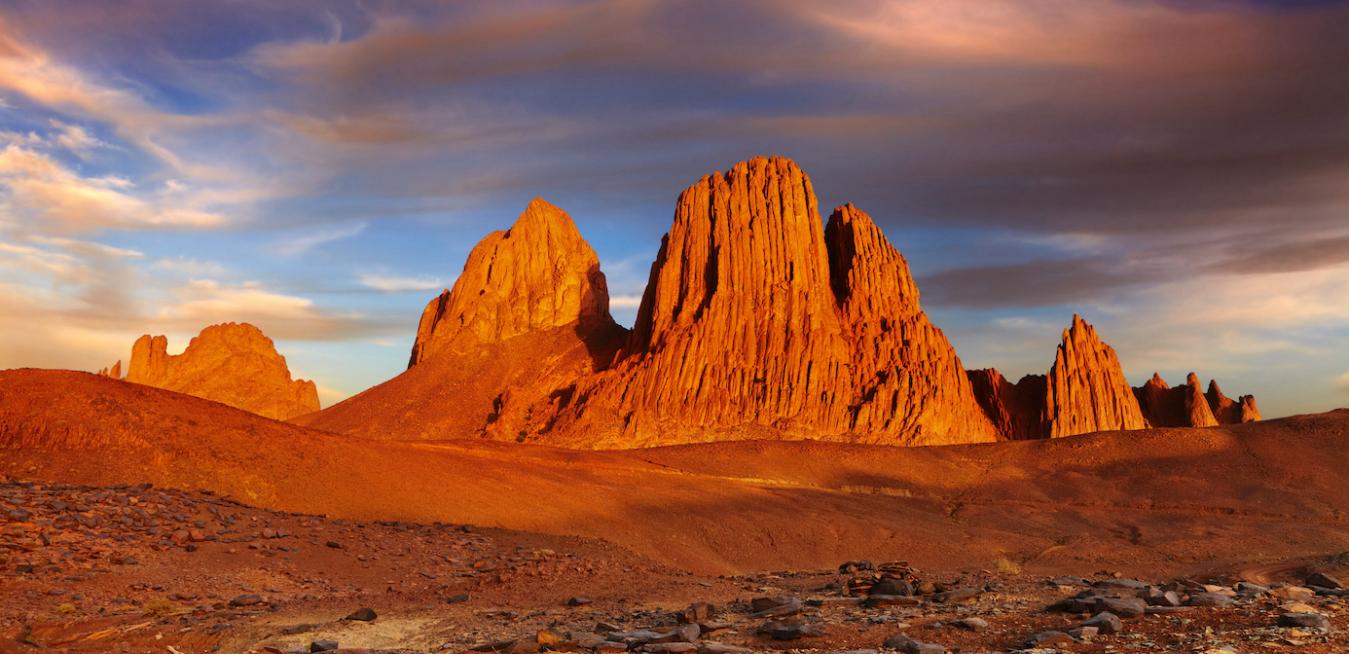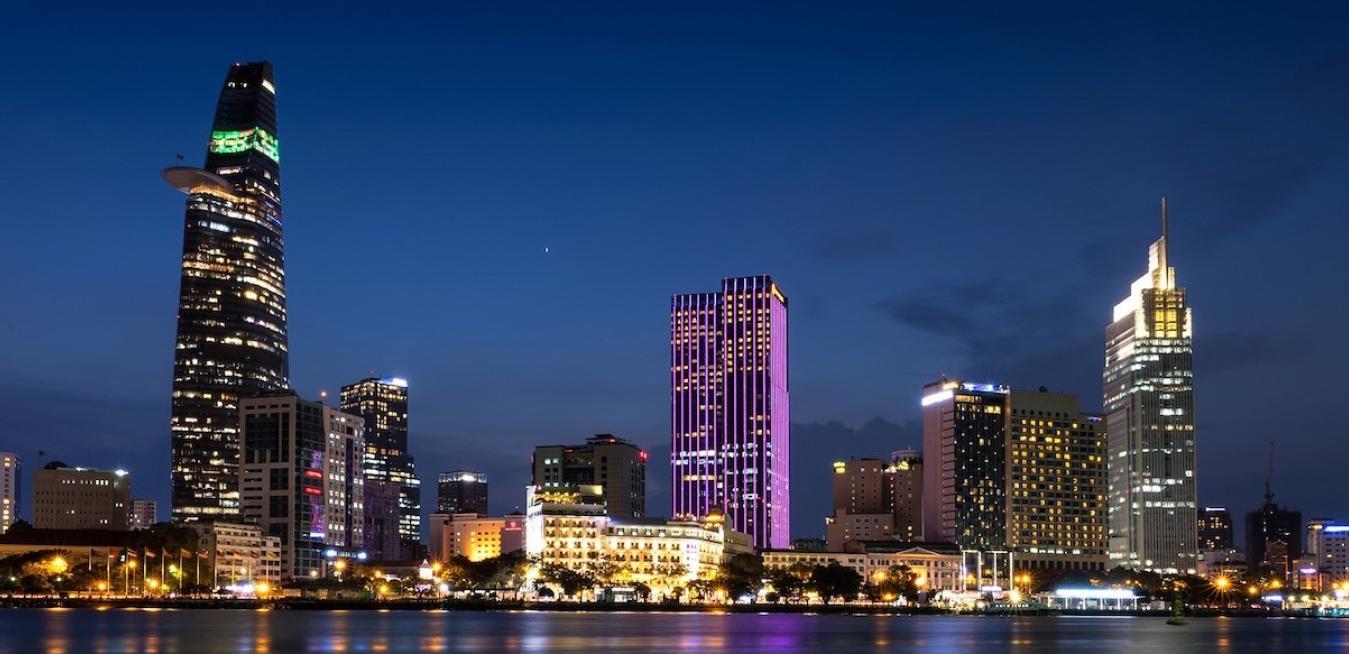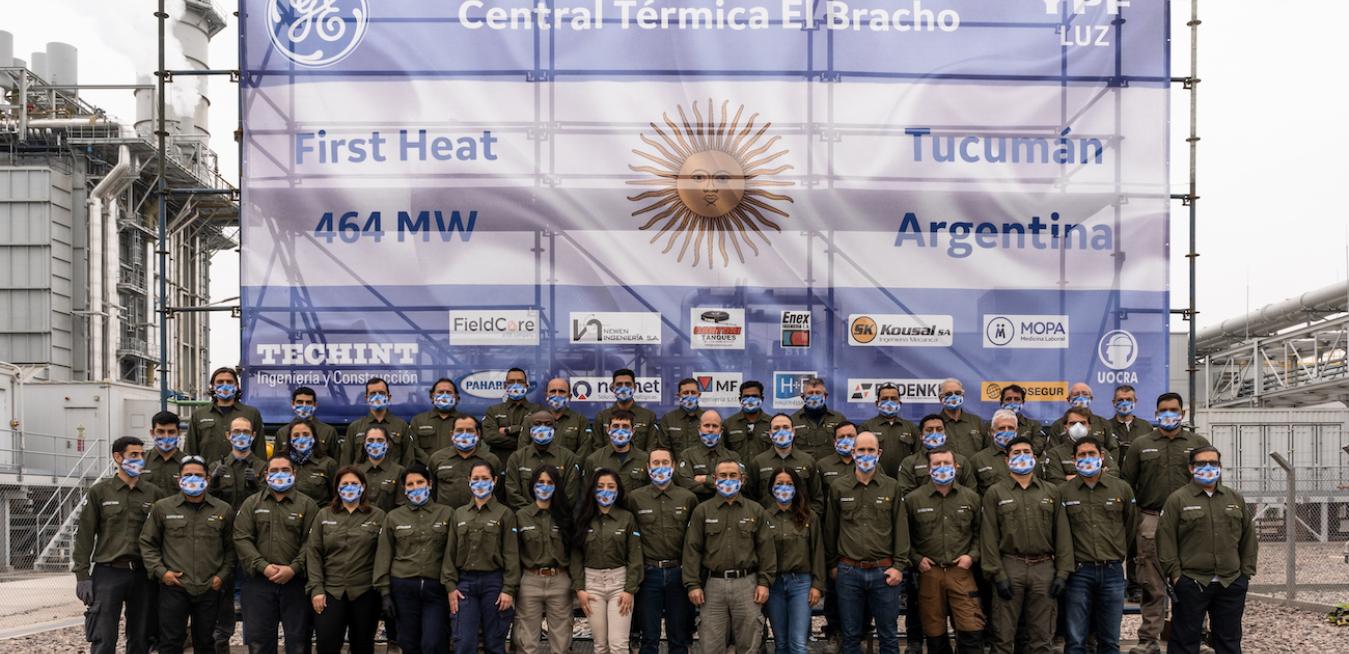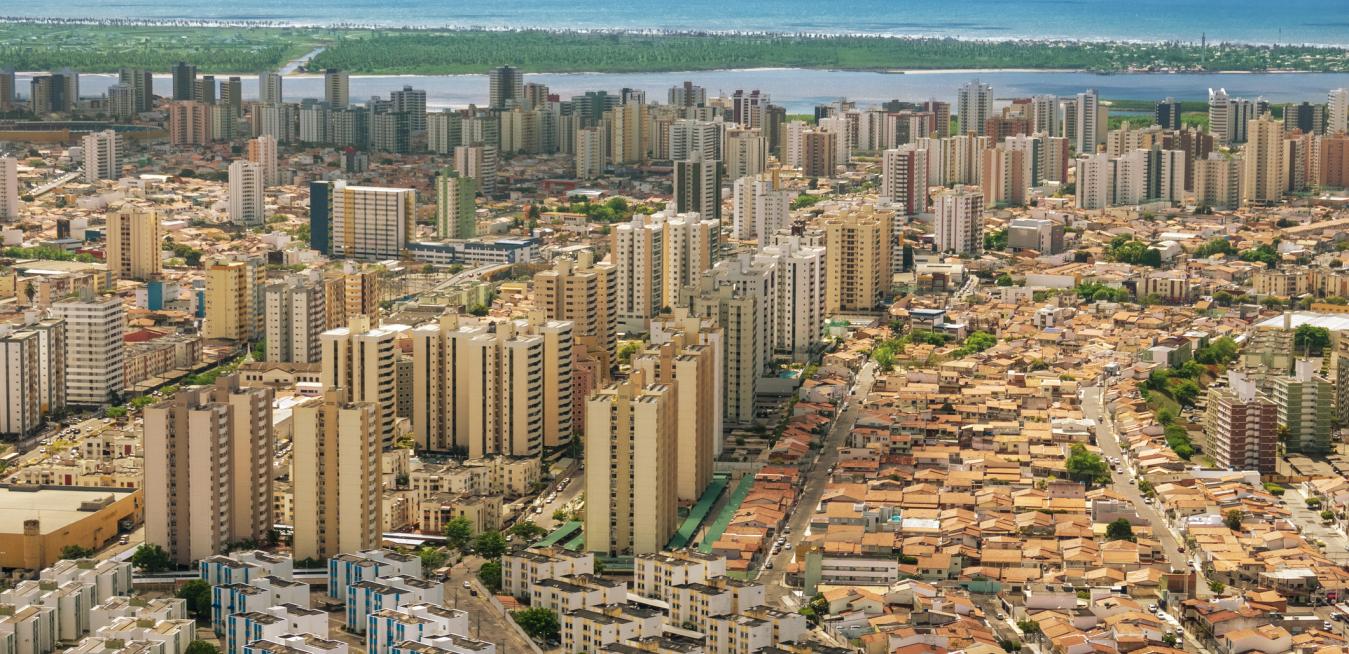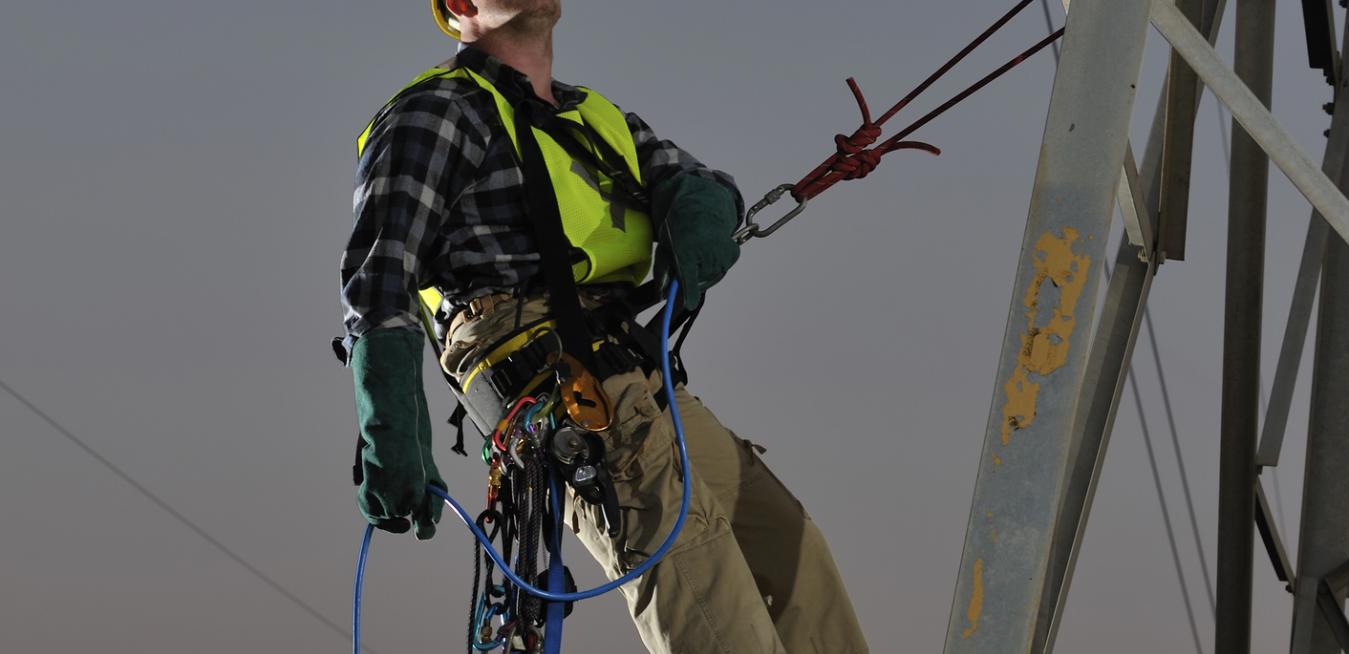You might not think a purring power grid and a fountain of French fizz have much in common, but Thorsten Heller, the chief innovation officer at GE Vernova’s Grid Software business, begs to differ. He compares an efficient network for electricity delivery to the champagne towers popular at weddings, where the sparkling wine overflowing from the coupe at the summit trickles down evenly into tiers of glasses below, without ever spilling a drop.
Poland, which has long been dependent on coal power, is turning to the Baltic Sea to clean up its grid and join the energy revolution. The country’s north coast is deliciously rich in wind resources, and a joint venture between the PGE Polska Grupa Energetyczna and Ørsted have awarded a consortium made up of GE Vernova and Polimex Mostostal a contract to help build a new offshore wind farm there using the latest transmission and grid automation technologies.
If you’re a regular user of electricity, you’re familiar with this scenario: A thunderstorm booms, lightning streaks across the sky, and the room suddenly goes dark. Usually, the electricity whirs back on within a couple of seconds. But if the storm downed a utility pole, it could be hours; if it took out a substation, you’d better stock up on candles and shelf-stable provisions.
As climate change breeds harder rains and stronger winds, we can expect more frequent, and longer, power outages. But what if utilities could prepare in advance?
Tamanrasset, an Algerian city of nearly 100,000 inhabitants in the heart of the immense Sahara Desert, seems like it’s far from everything when observed on a map. Located around 2,000 kilometers (some 1,200 miles) from the capital, Algiers, Tamanrasset is connected to the rest of the world mainly by the trans-Saharan road that crosses the largest desert in the world, from northern Algeria to Niger and beyond to the south. Food is transported mainly by road and sometimes by plane. But what about another resource that is indispensable: electricity?
Like many emerging economies, Bangladesh and Vietnam share a thirst for electricity. Powered by rapid economic growth, the former expects demand for electricity to jump 250% by 2040, while the latter will see more than a doubling of its demand in a decade, increases that dwarf the typical annual changes in advanced economies like the U.S. Both countries share something else in common: Despite being small contributors to worldwide greenhouse gas emissions, each nation sees climate change as a threat to its population and prosperity.
When the Grande America, a cargo ship traveling between Hamburg, Germany, and Casablanca, Morocco, caught fire and sank off the coast of France in March 2019, all 27 people on board were able to get to safety.
The World’s Columbian Exposition of 1893 gave Chicago the nickname “White City” for the classical white buildings bathed, at night, by the bright glow of some 100,000 electrical lamps installed at the fair for the first time. But all that luminosity cast a shadow over one towering figure: Thomas Edison. The famous inventor and GE founder was bidding to supply electricity to those lamps, but he just lost the “war of currents” to George Westinghouse when the event’s organizers picked Westinghouse’s alternating current system over Edison’s direct current transmission lines.
In the popular imagination, Brazil is an eternal carnival of sun, samba and soccer on the sand in Rio de Janeiro. Yet many Brazilians claim that the real Brazil is actually the country’s sprawling northeast region, which is a long way from the golden beaches of Copacabana and Ipanema. The Northeast is the home of capoeira, the hypnotic Afro-Brazilian martial art; the sertão, the country’s semi-mythical scrubby outback; and forró, the folk music that farmers sang in hope of bumper harvests of corn, sugarcane and coffee.
